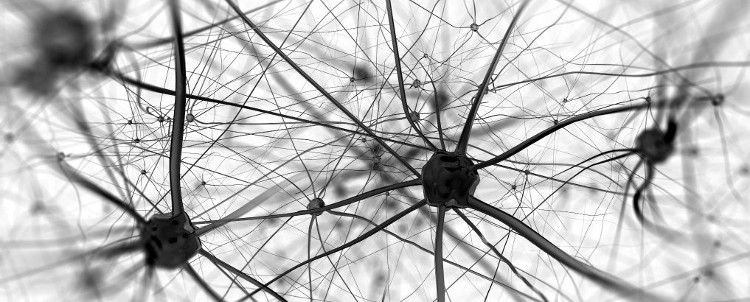Suddenly discovered strange communication ways of neurons
Scientists have discovered a completely new mechanism that governs how nerve cells in the brain communicate with each other to regulate learning and memory.
The human brain has about 100 billion neurons and each cell has about 10,000 connections with other cells. These links are weak or strong depending on the different mechanisms of brain activity. This is also the object that scientists have been studying and researching.
Until now, scientists have known LTP mechanism "long-term potential enhancement" . This mechanism allows to increase the flow of coupling information.
LTP helps strengthen connections between cells to help the information pass through effectively. It also plays a role in many neurodegenerative diseases. For example, when LTP is active, you will face the risk of neurological disorders such as epilepsy but when LTP is poor, you are more likely to develop Alzheimer's disease.

LTP is controlled by the activity of a special protein named NMDA receptor.
According to the information scientists have, LTP is controlled by the activity of a particular protein named NMDA receptor .
However, recently British scientists have discovered a completely new type of LTP and LTP has a different way of adjusting.
This result comes after scientists learned about the formation of nerve joints (connections of nerve cells) in the laboratory. They found that the new mechanism of action of LTP is controlled by the Kainate receptor molecule.
This means that we have discovered a completely new mechanism that can control the ability to learn and remember.
"Removing the interaction between signal receptors in the brain not only tells us how it works within the brain, but also provides a visual view of the process in which we form new memories. "If we can maintain these signals, we can avoid neurological diseases," said Milos Petrovic of Lancashire Central University.
This discovery opens new research directions that help us learn more specifically how the brain works and can help find new treatments for brain neurodegenerative disorders. .
- Special communication methods of animals
- History of human communication methods
- What happens when you suddenly
- Detection of neurons 'GPS' of bats
- Suddenly transgender hens
- Catching strange turtles, suspected to be extremely rare sea turtles
- Tips for improving our communication ability
- Discover the mechanism of sensory taste of the brain
- Successfully cultured neurons from fresh blood
- Discovered the secret way of talking about bacteria
- Explain the phenomenon of dark black in the daytime in Ha Long
- Mysterious giant triangle on the Moon
 Green tea cleans teeth better than mouthwash?
Green tea cleans teeth better than mouthwash? Death kiss: This is why you should not let anyone kiss your baby's lips
Death kiss: This is why you should not let anyone kiss your baby's lips What is salmonellosis?
What is salmonellosis? Caution should be exercised when using aloe vera through eating and drinking
Caution should be exercised when using aloe vera through eating and drinking